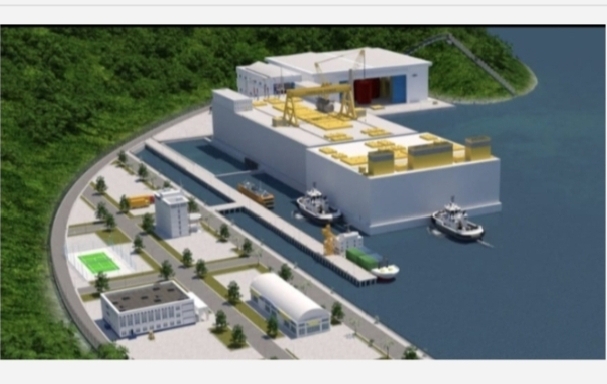It matters for cost effectiveness. See the global spike in freight rates whenever ships can't use the Suez canal for whatever reason.Would the no canal access really matter for a nuclear powered vessel assuming it was reliable? The more pressing issue is the hull lifetime for a cargo vessel is likely less than the reactor lifetime.
I've seen costs of 10 million DM per year quoted for operating it, sometimes slightly less (e.g. about 145 million DM in 15 years of nuclear operation). For scale, converted that'd be about 50% higher than a Panamax container ship has in operating costs today. For a smallish bulk freighter that could transport 14,000 tons.Presumably economies of scale could drive the production costs down. Were the operating costs similarly high, outside of paperwork issues?
The crew of the ship was pretty large and highly qualified, so that'd be a cost factor that can be driven down in regular operation.
What killed its operation was however apparently the increasing nuclear fuel costs combined with the costs of getting rid of the old rods during refueling. Inflation-adjusted the original fuel rods during construction cost around the equivalent of 7 million Euro today; the 1978 third fueling cost was estimated at the equivalent of 83 million Euro today, including about 20 million for getting rid of the old set of rods. That's why the ship was cancelled and sold.






